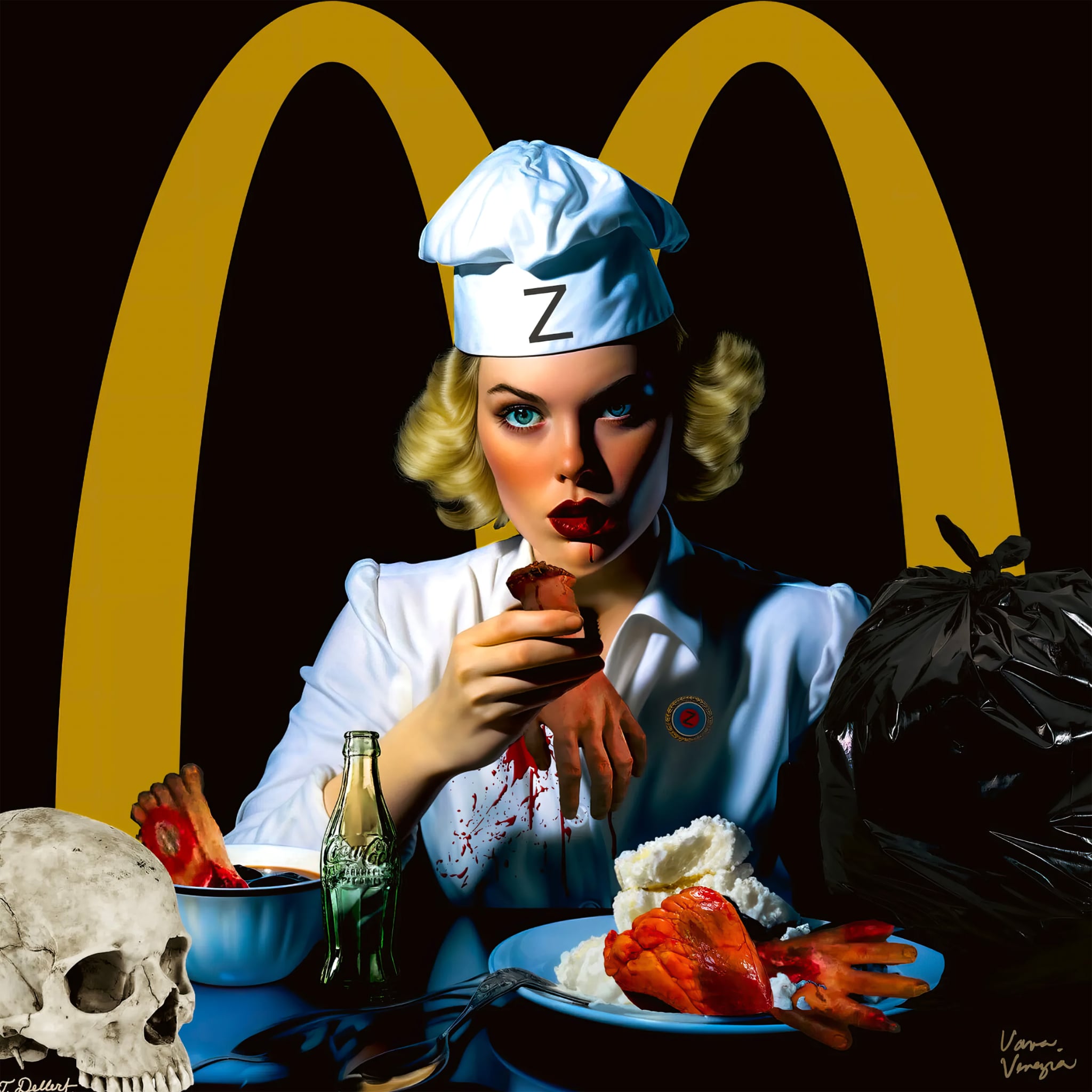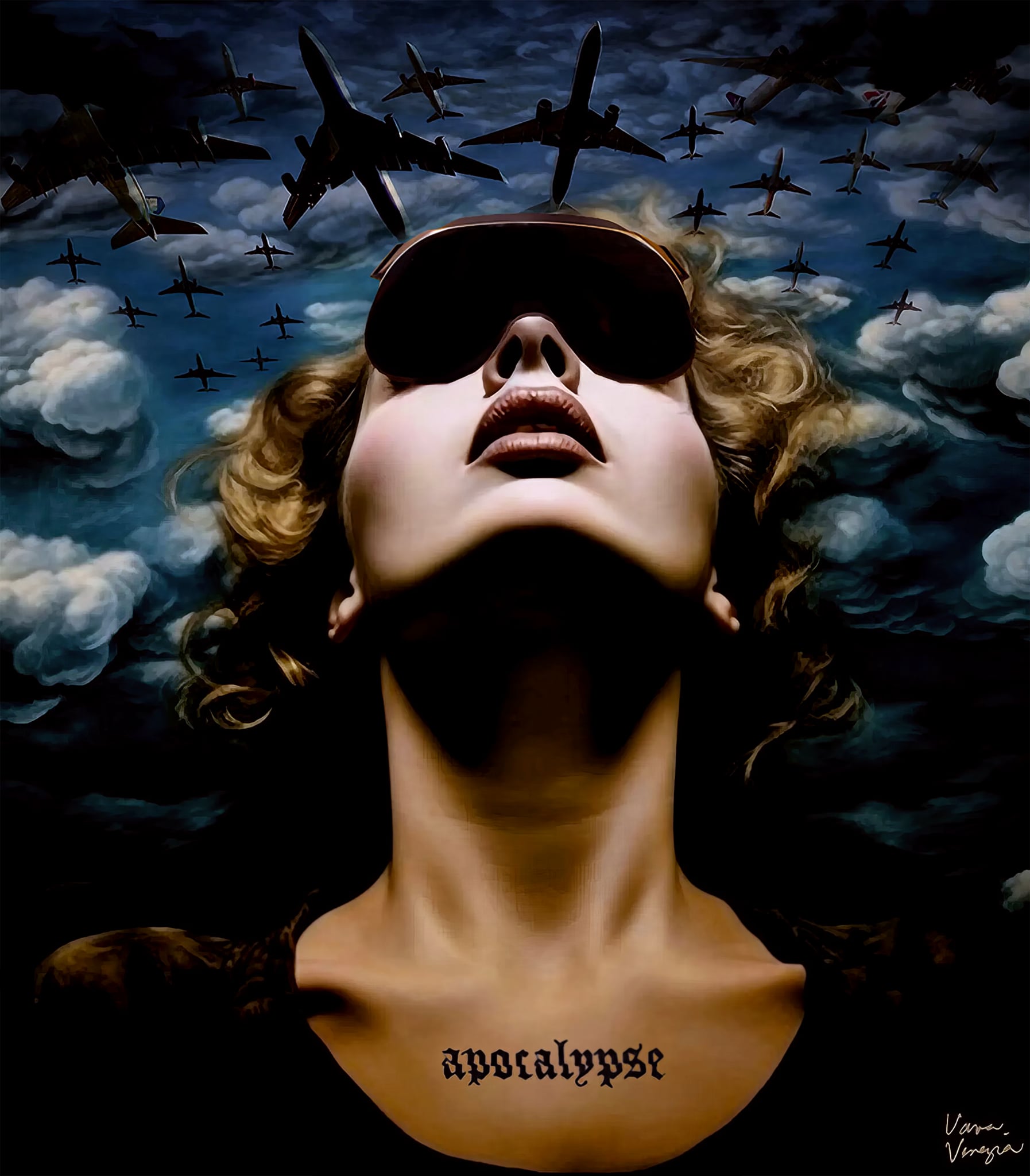We were lucky to catch up with Vava Venezia Dellert recently and have shared our conversation below.
Vava Venezia , looking forward to hearing all of your stories today. It’s always helpful to hear about times when someone’s had to take a risk – how did they think through the decision, why did they take the risk, and what ended up happening. We’d love to hear about a risk you’ve taken.
Title: I Was the Risk
Some people take a risk once in a while — a big move, a job, a leap.
For me, risk has always been part of my blood. It’s how I survive. It’s how I feel alive.
The first real risk I took was when I was a child. I was different from everyone in my family — too serious, too sensitive, too aware. I decided to become a vegetarian at ten, back when that made you a weirdo. I used to carry vitamins in my pocket when others carried candy. I exercised like a soldier, even as a little girl. My body was already screaming for a different kind of life.
At fifteen, I made a plan and I left. I ran away from home. Not because I didn’t love my parents, but because I didn’t fit. I was deeply unhappy, and I knew I needed something else — a whole new world. I packed my suitcase like someone preparing for war, thinking I had all I needed. But as with any journey, what you pack is never what you truly need. I was missing protection. I was missing guidance. But I had courage, and sometimes that’s enough.
I’ve always had this strange drive to understand the world — to seek order inside chaos. Maybe that’s why I joined the military. First as an ROTC cadet in the Army. It wasn’t a political decision. I wasn’t fighting a war. Women then weren’t placed in conflict. I was just trying to find shape — a form, a frame — to hold all the questions in my head. The military gave me a certain kind of structure, discipline, and order. It was a personal search for guidance, not glory.
Then came the city that cracked me open: New York. I arrived without knowing what would happen next. It was terrifying and beautiful. I had to learn a new language — not just English, but the language of survival, of art, of being a young woman alone in a city that didn’t care who you were unless you made it impossible to ignore you. I got lost. I got found. Even though I was too young, too naïve, I don’t regret it. Because it made me.
Since then, I’ve taken many risks — moving to Japan, becoming a teacher, marrying too soon, living in cities where I didn’t speak the language, raising three beautiful children and then being separated from them, leaving countries and relationships and versions of myself behind.
But the risk that continues to unfold every day — like a living, breathing opera — is the one I’ve lived for the last 13 years: my relationship with my artist partner. He’s a former punk rocker. I sometimes call him Peter Piper, and I’m the Cinderella Syndrome — picking up pieces of glitter and dreams and always believing in something just a little bit mad. Our marriage is a carousel, a carnival, a series of highs and hurricanes. Never the same. Never dull. We’ve shared poverty and passion, silence and music, breakdowns and breakthroughs — and we’ve turned all of it into art. Loving him, choosing him, has been one of the biggest risks of all. But also one of the most real.
Some risks are conscious. Others are a cry for air when you’re drowning. I believe depression is the body’s way of saying: get me out of here. Risk, for me, has often been the only way forward. Like teleporting to another world — not good or bad, just necessary.
Not all risks bring happiness. Some bring loss. My deepest regret is the disconnection from my children, and the moments I couldn’t go back and fix. But risk taught me what stillness never could. It shaped me — like New York’s chaos, like Paris’s beauty, like Berlin’s cold truth. I needed to move, to fall, to become.
To me, living the same life in the same town forever would have driven me mad. Life isn’t just about happiness. It’s about feeling everything — fully. Risk isn’t about thrill-seeking. It’s about transformation. It’s about living wide awake.
There’s an old film I love — Auntie Mame. There’s a line in it that never left me: “Life is a banquet, and most poor suckers are starving to death.”
Well — I took the risk. I sat at that banquet. I ate with both hands. I laughed, cried, got heartbroken, got reborn. And even with the pain, I’d do it all again.
Because I am the risk.
And that’s what keeps me alive.
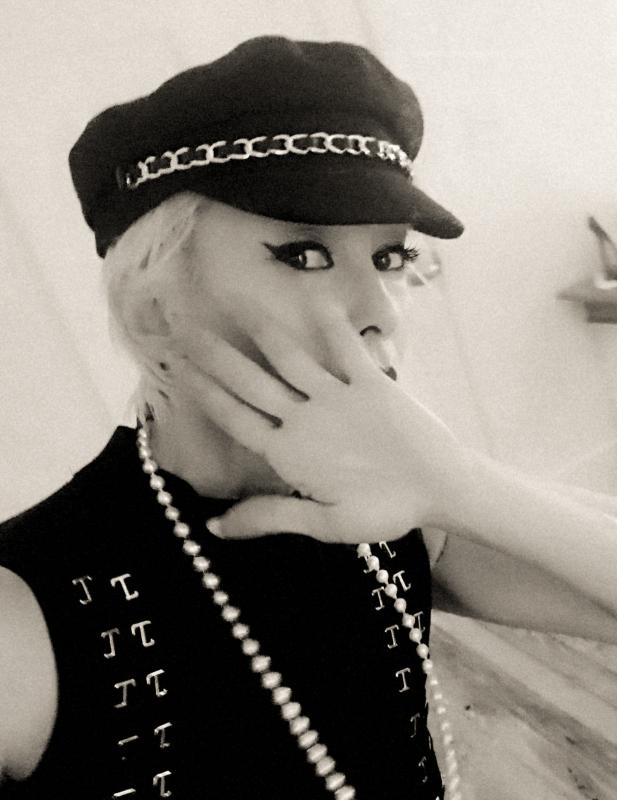
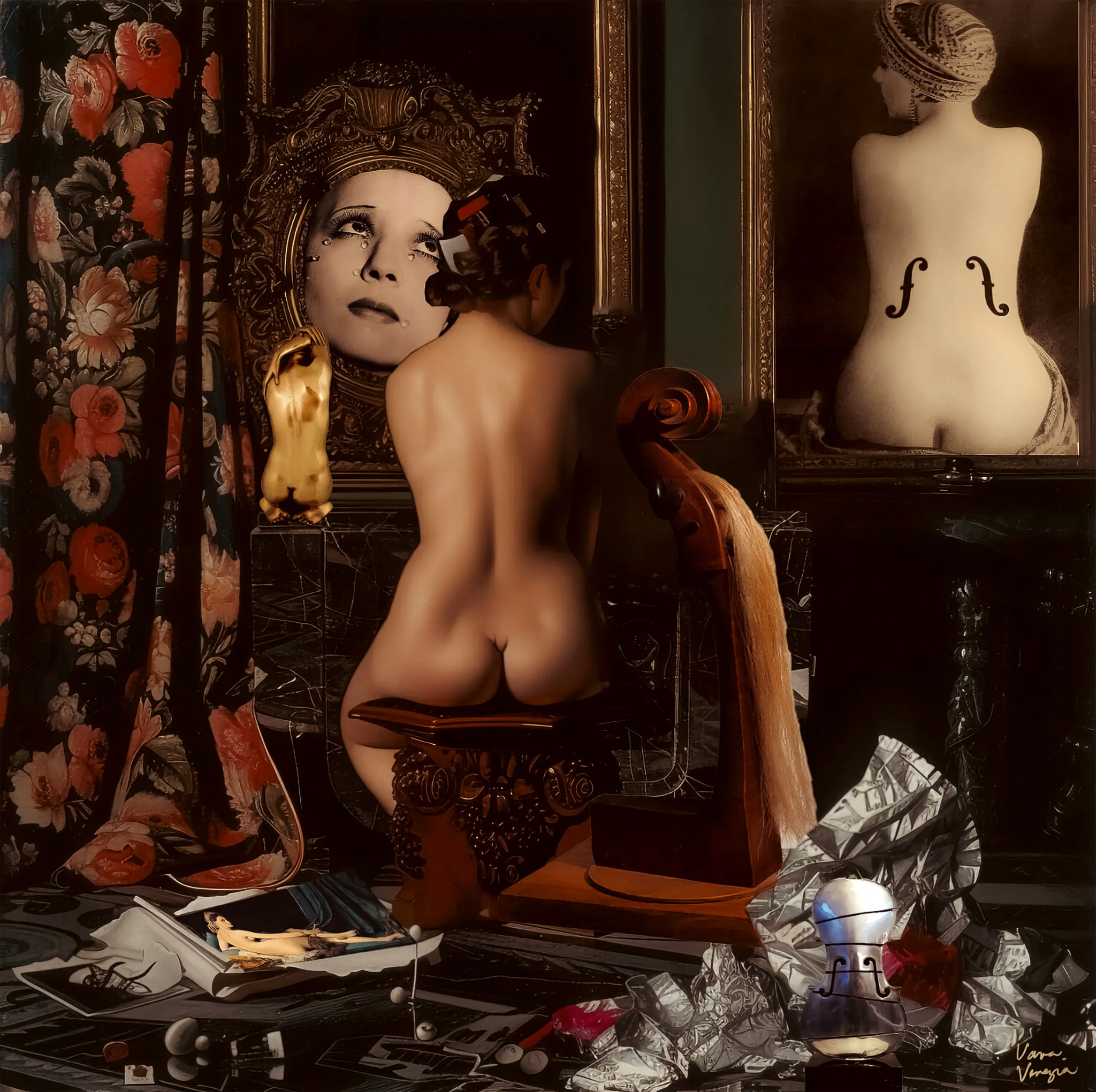
Awesome – so before we get into the rest of our questions, can you briefly introduce yourself to our readers.
One of the most personal turning points in my artistic journey was my photo series “Selfish – Selfies”, which became a finalist work at the Florence Biennale 2021. I never planned it as an art project. At the time, I was going through profound loss — a rupture in my family, a deep disconnection from my children, and the collapse of the life I had built. My body was changing drastically. I lost weight, but more than that, I shed layers of identity, shame, grief — and slowly found something else underneath: the survivor, the woman reborn.
I began photographing myself not out of vanity, but as a witness — to say “I exist,” even in moments when I felt like I didn’t. These images weren’t designed for the world. They were spontaneous, raw, intimate. But later, I saw they held meaning far beyond my private metamorphosis. When they were recognized at the Biennale, I realized something: I had turned pain into portrait. Memory into myth. Trauma into testimony.
That’s what my art does. That’s what I do.
“Selfish” is not about ego — it’s about reclaiming selfhood. It follows in the lineage of powerful women like Sophie Calle, who use their own bodies, stories, and emotional landscapes to reflect universal themes. It’s rooted in surrealism, in Dada, in the belief that not everything is what it seems. That beauty can come from fragmentation. That the grotesque can become sacred.
I’m endlessly inspired by artists like Dalí, by the mythology of every city I’ve lived in — Paris, Berlin, Venice — and by the Renaissance itself, that golden age where the spotlight turned from the divine to the individual. I find that shift magnetic — from collective faith to personal voice — and I explore that in my work: the enigmas of identity, femininity, memory, and desire.
My art lives between eras and emotions — at the crossroads of history and intimacy, body and soul, survival and imagination.
I am proud that I never gave up. That I still create, still search, still tell the truth — even when it hurts. Especially when it hurts.
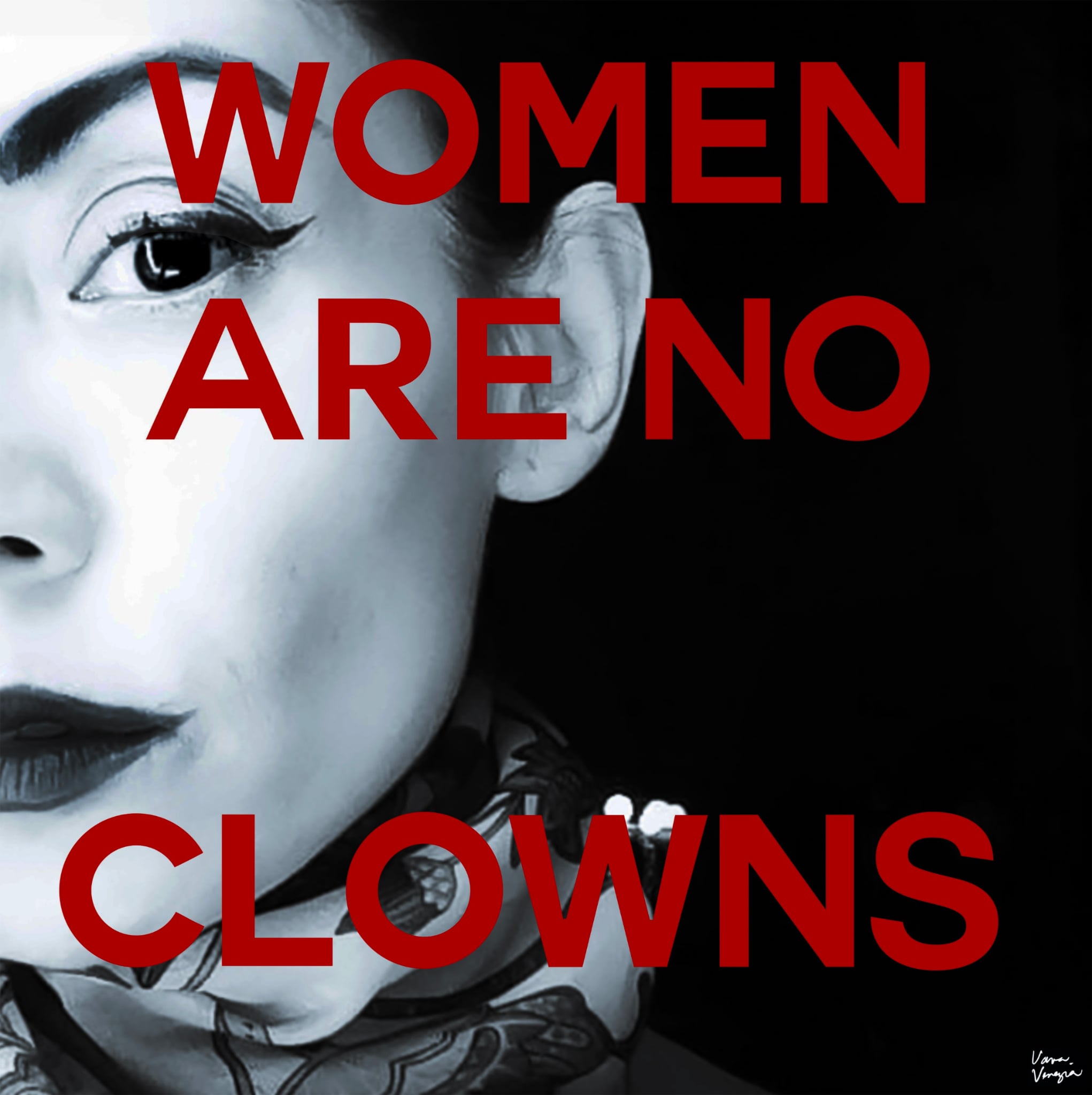
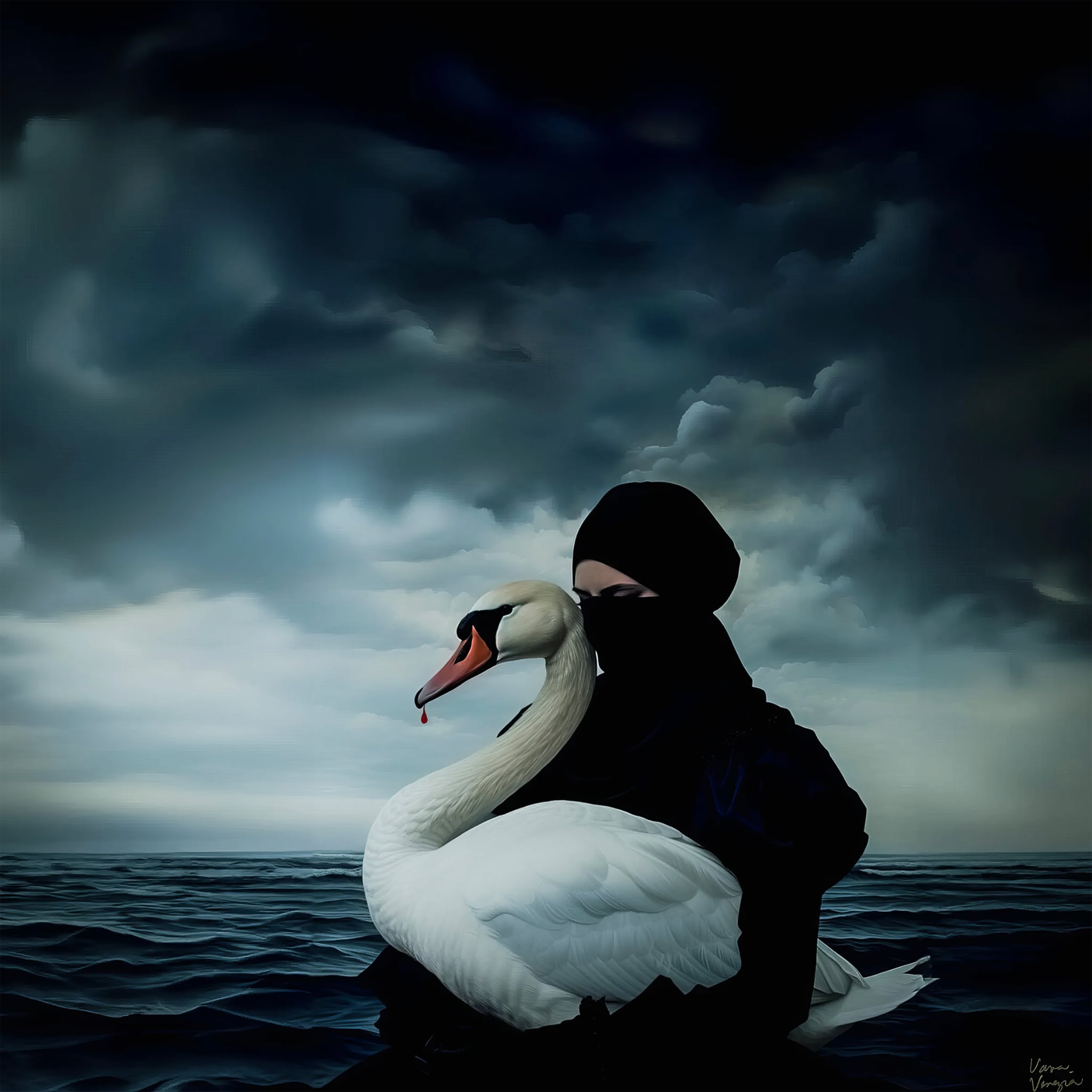
How can we best help foster a strong, supportive environment for artists and creatives?
As I approach my later years—though few believe I’m 55 thanks to yoga and decades of vegetarian living—I’ve come to realize that society still has a deeply ingrained prejudice against aging artists. I was once accepted into a Biennale in Venice only to be turned away because I was “too old.” They were seeking artists under 30, under 40—as if creativity had an expiration date. It reminded me of the 1970s sci-fi film Logan’s Run, where everyone over 30 is sacrificed. That is what ageism in the arts feels like: a quiet, symbolic execution. For artists, our work is our breath—our way of being. Denying us a place based on age is like taking away our air.
Society must do more. The creative industry and governments alike should support artists not just in words, but in action. So many of us are forced to choose between paying for food or for exhibition fees. Why are artists asked to finance their own visibility? Instead, institutions and galleries should be supported by sponsors—not propped up on the financial sacrifice of the very creators they depend on. It’s heartbreaking to see brilliant artists, some of them elderly or young and unknown, sleeping in shelters or couch-surfing just to stay close to their practice. Housing is a human right, and we urgently need affordable living spaces dedicated to artists—a creative ecosystem that fosters dignity, not despair. Imagine living among others who share your devotion to the craft, who inspire and uplift one another. That is how movements begin.
We also need more programs for mental health and recovery—many artists wrestle with depression, addiction, or burnout. These struggles often go unseen, romanticized even, when in fact they require care, structure, and healing.
Art is not a luxury of the elite—it is a lifeline to truth, connection, and change. If we want a better, more humane society, we must protect and empower the artists who give it its soul.

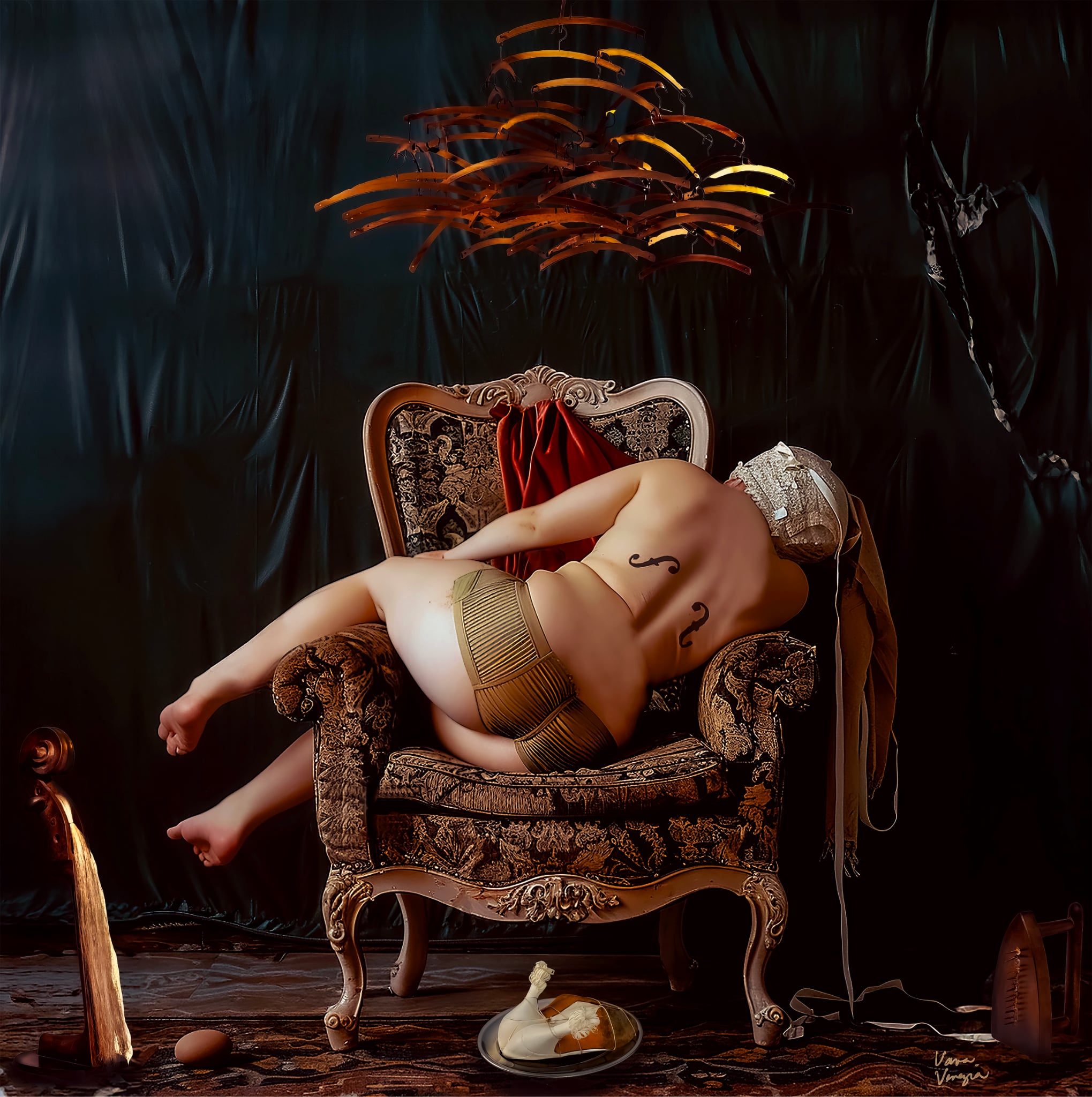
Can you share a story from your journey that illustrates your resilience?
When we returned from New York, we settled briefly in Milan with the help of our former sponsor and close family friend. But to fully restart, we had to travel to Germany to retrieve everything we’d left behind—our artworks, materials, and entire atelier, all stored in a space in Luckenwalde, a small town just outside Berlin.
That’s when the pandemic hit. Borders shut down, and we were stranded—no home, no functioning hotels or Airbnbs, no realtors working. The only place we had was our storage unit.
So we lived there. It was an old East Berlin-style building full of light and memory, and it became our shelter. We had boxes stacked with years of paintings, frames, clothes, books, everything. There was a toilet, no shower—so we bathed in buckets like it was another century. It sounds harsh, but it became something magical. We turned that space into a true atelier.
We rearranged the boxes, built “walls” out of canvases, and gave the place shape and soul. That’s where I completed Selfish Selfish, a project I had already begun in Venice and continued developing in Saint-Paul-les-Bains, France. It was in that raw, improvised loft that I finally took the series seriously—as a true artistic statement of transformation, vulnerability, and strength. Alongside it, I returned to my paper collages and painting, pouring everything I was feeling into my hands.
That place—filled with limitations—became our sanctuary of creation. My partner, now my husband, finished long-paused works. I submitted Selfish Selfish to the Florence Biennale, and to my joy and astonishment, it was selected. It was the first time I felt seen, fully and honestly, for the artist I am.
That year was a lesson in resilience. For artists, life often swings between extremes—feast and famine, inspiration and despair. But in that space, washing in buckets under Berlin skies, I was alive. I was working. I was becoming.
Contact Info:
- Website: https://www.singulart.com/en/artist/vava-venezia-dellert-17969
- Youtube: https://youtube.com/@vavaveneziadellertcontemporary?feature=shared
- Other: https://www.thomasdellert.com/FASHION-DESIGNS/VAVA-Venezia-Shoe-Design-2022/
https://www.saatchiart.com/vavaveneziaart
https://lensmagazine.net/vava-venezia-selfish-selfies-metoo/
